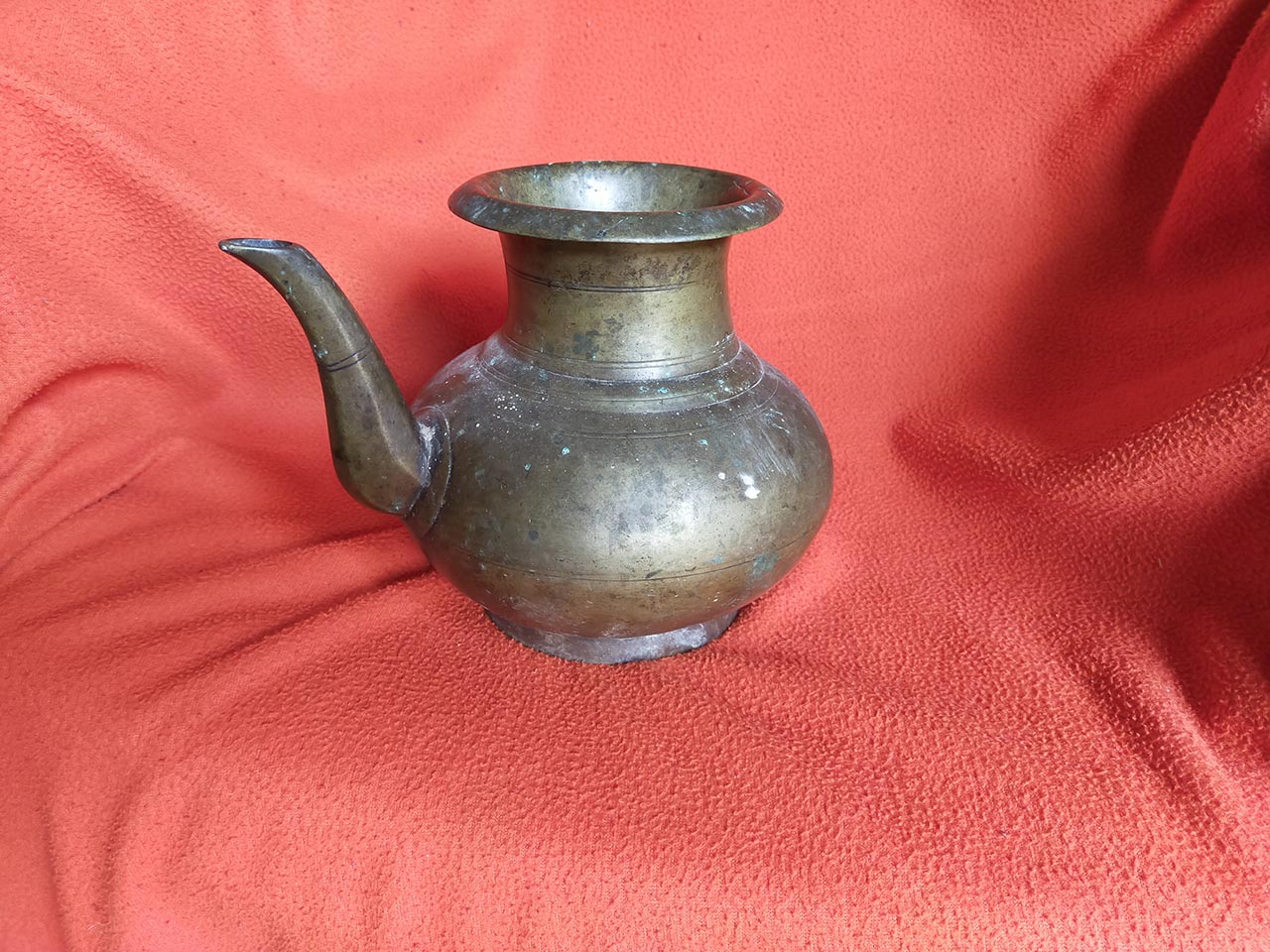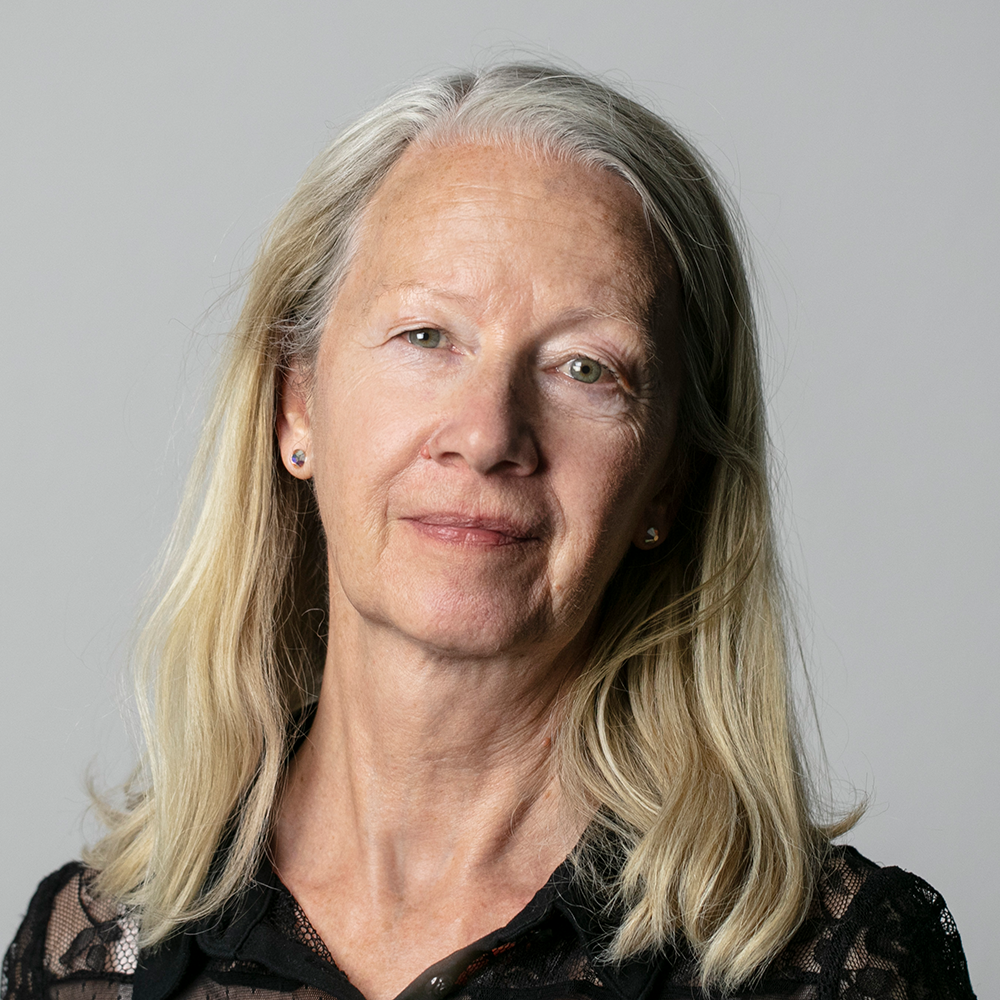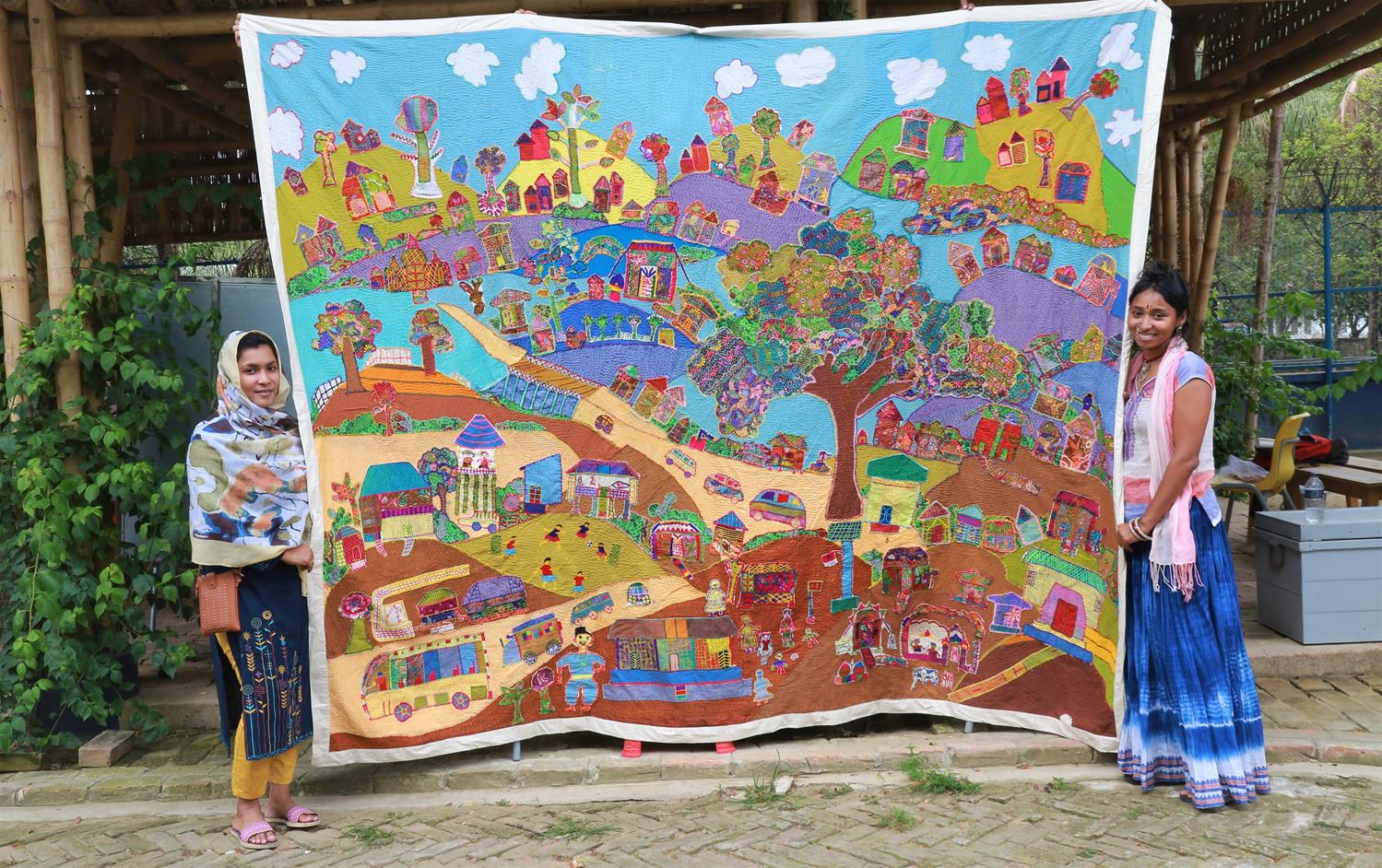
Cultural memory centre seeks to preserve Rohingya heritage

Myanmar’s persecuted Rohingya Muslim minority fear that their culture is also under threat. The Geneva-based International Organization for Migration (IOM) has stepped in with the launch of a cultural memory centre.
This project and digital archive, which is supported by donors including Switzerland, also aims to support the mental health of some one million Rohingya refugees in Bangladesh camps – in addition to showcasing their art.
The Rohingya Cultural Memory Centre is “one of the first significant attempts to comprehensively document and preserve the heritage of the Rohingya people”, said the IOMExternal link when it launched the project earlier this year. For the moment it is onlineExternal link only, but plans are also underway for a physical structure to be completed in the refugee camps of Cox’s Bazaar, Bangladesh, with exhibitions and workshop space for refugee artists and artisans.
The Rohingya refugees fled Myanmar in the wake of a brutal crackdown by that country’s army in August 2017. Many of their homes in Rakhine state have been destroyed, and there’s little prospect of them going back anytime soon, especially after the army coup in February this year. Bangladesh does not currently offer the refugees the possibility of work permits, and conditions in the camps – currently hit by a Covid-19 lockdown and heavy rains – are precarious. But despite all the other problems, preserving their cultural history is also a priority for the refugees.
“Culture is the main identity of a nation,” said Nurujahan, a 44-year-old refugee carpenter and mother of eight, in an e-mail interview facilitated by the IOM in Bangladesh. “I am very happy to engage daily in cultural activities, it makes my life better. Without this, our new generation would forget their culture and traditions, so preserving our culture is essential.”
And Mohammad Zaber, a 53-year-old carpenter and engineer who is also a father of eight, agrees: “If we are engaged in doing cultural activities, we reduce our stress and tension. Everything we are provided with in the Bangladesh refugee camps is temporary. But the culture we are preserving here is permanent. I can see my ancestors’ life in our culture.”
Loss of identity
“It started as mental health and psychosocial support,” explains Manuel Marques Pereira, IOM’s Deputy Chief of Mission in Bangladesh. But mental health studies showed losing their culture was a big worry for the refugees. Pereira says there were already community cooking and music gatherings in the camps, as well as some artisans, and the IOM thought it was a good idea to take things forward. It started by profiling the artisans in a project with the Swedish government.
The current collection is broad, containing objects that the refugees chose as representations of their culture, according to Pereira. These include paintings, embroidery, basket work and household items, as well as models of traditional Rohingya architecture, agricultural tools and boats.
In addition to the human victims, wars and conflicts all too often take a toll on cultural heritage. Sometimes historic monuments have been targeted directly, as in the cases of PalmyraExternal link in Syria, the Buddhas of BamiyanExternal link in Afghanistan and the mausoleums in TimbuktuExternal link, Mali. All this is despite the 1954 Hague Convention, supposed to protect cultural heritage in time of war, which says damage to the cultural property of any people is “damage to the cultural heritage of all mankind”.
Livelihoods and training
Some of the Rohingya refugees managed to bring things with them, while some also make art and crafts in the camps. Pereira says they are not dispossessed of precious belongings for the project, but are commissioned to make copies, or photographs are taken. “We purchased every single object that exists in the collection by asking them to build or make it,” Pereira told SWI swissinfo.ch. “And we paid their materials and hours of work.” This helps the refugees to maintain livelihoods and dignity, he explains. And he hopes that by training in the new workshops “we can help them transform their skills and practices into a more sustainable livelihood” in the future.
The digital collection is not necessarily accessible for all the refugees, since it is mainly just the younger ones who are digital natives, and internet connections in the camps are in any case precarious. But it helps preserve their culture for the future and is also a resource for the diaspora, as well as anyone interested in Rohingya culture.
Pereira hopes the physical centre, being built out of natural materials so not necessarily permanent, will be ready by the end of the year.
Six times a refugee
One of the items in the collection that he cites is a “loda” belonging to Solima Khatun, who is registered as being 120 years old. This spouted brass water pot, used for cleaning the body, was given to her by her mother and is one of her only remaining possessions from her life in Myanmar.

According to the IOM website, Solima has been six times a refugeeExternal link and is one of the oldest living Rohingya people. The idea of the culture project is also so that older people and artisans can pass on their knowledge to the younger generation who, the longer they stay in the camps, may lose touch with their cultural heritage.
Asked about his favourite item in the collection, Pereira chooses a tapestry by Rohingya women refugees depicting their camp in Bangladesh (see our photo gallery above), which he says marks another part of their history. “I think it was fascinating to see what the women added to the tapestry, and that the tapestry actually is trying to mark a bit of how their existence in Bangladesh is. It took many hours and it’s very beautiful and will have its own dedicated space in the new cultural centre in the camp.”
Nurujahan, the carpenter, makes a different choice. “The different styles of wooden houses are my favourites,” she says. “When I see these, I remember my house in Arakan.”

In compliance with the JTI standards
More: SWI swissinfo.ch certified by the Journalism Trust Initiative






































You can find an overview of ongoing debates with our journalists here . Please join us!
If you want to start a conversation about a topic raised in this article or want to report factual errors, email us at english@swissinfo.ch.